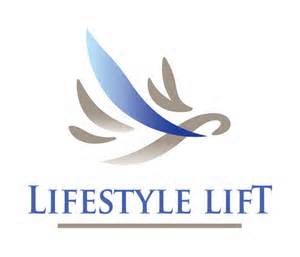
On March 2, 2015, the Lifestyle lift company abruptly shut down the majority of its businesses. Speculation abounds as to why and the company has not explained its reasons, other than bankruptcy, or whether it may eventually reorganize and re-emerge. One can only assume that the cost of doing business (marketing) surpassed its revenues for too long.

The appeal to prospective patients was obvious…low cost, little recovery and results that showed (and indirectly promised) a facial rejuvenation outcome that was almost too good to be true. For some patients good results were almost certainly obtained but there is no denying that there was also a significant contingent of patients who were either unsatisfied and with some that developed actual complications. Whether their rate of complications was higher than that of other facelifts will never be known.
The Lifestyle Lift saga illustrates that it is hard to create and sell a ‘one operation fits all approach’ when it comes to treating facial aging. The effects of time, gravity and the environment on the face are highly variable. Many patients are drawn to a mini-facelift, due to recovery or budget, when they really need a more extensive facial rejuvenative effort. As a result they can be easily sold and are ripe for disappointment when their mini procedure fails to deliver a maximum result. Like in all of plastic surgery patient selection and education is paramount and that can easily be overlooked when trying to make production numbers.
Dr. Barry Eppley
Indianapolis, Indiana


